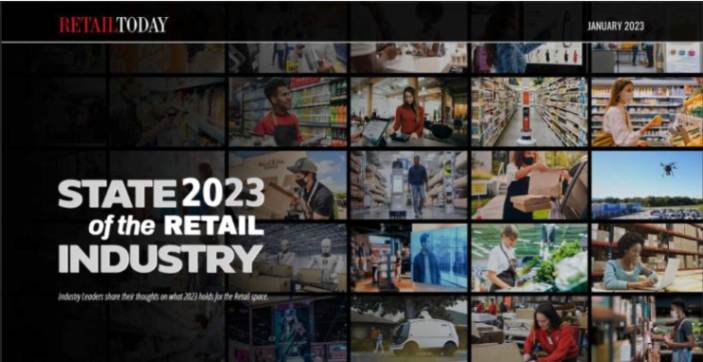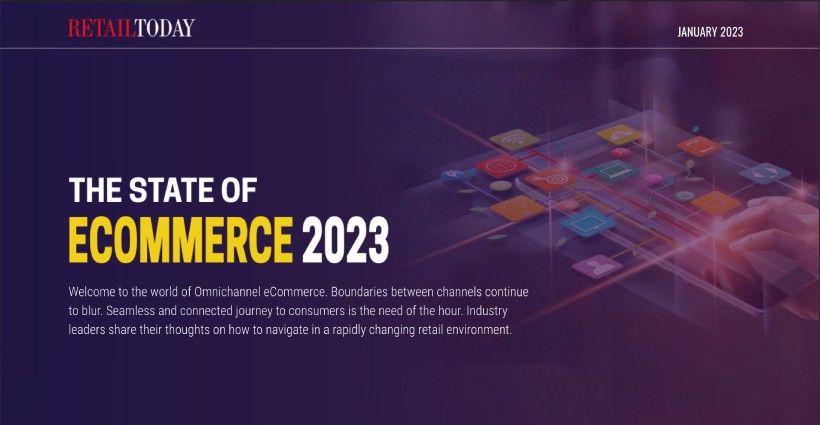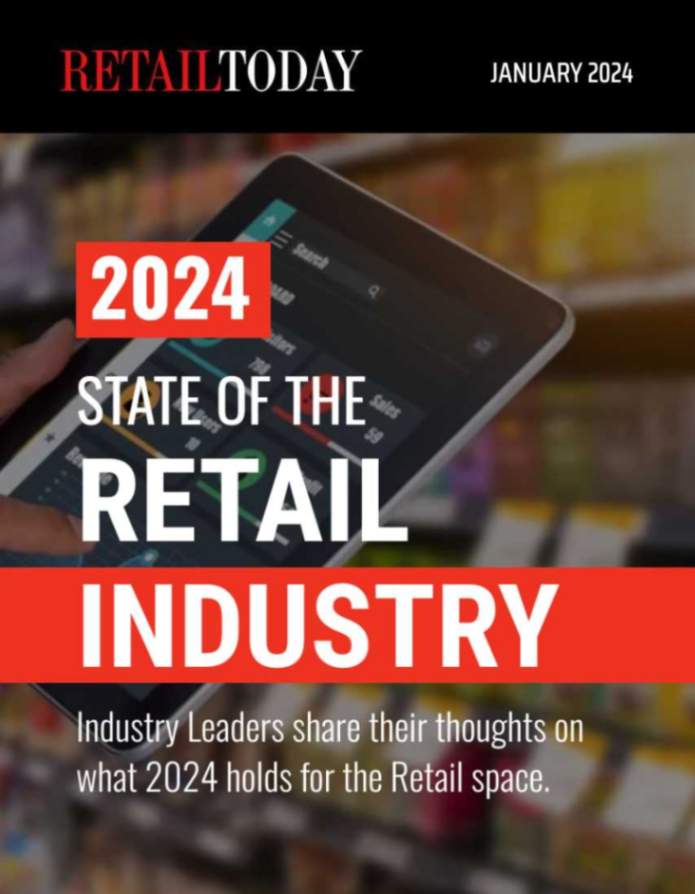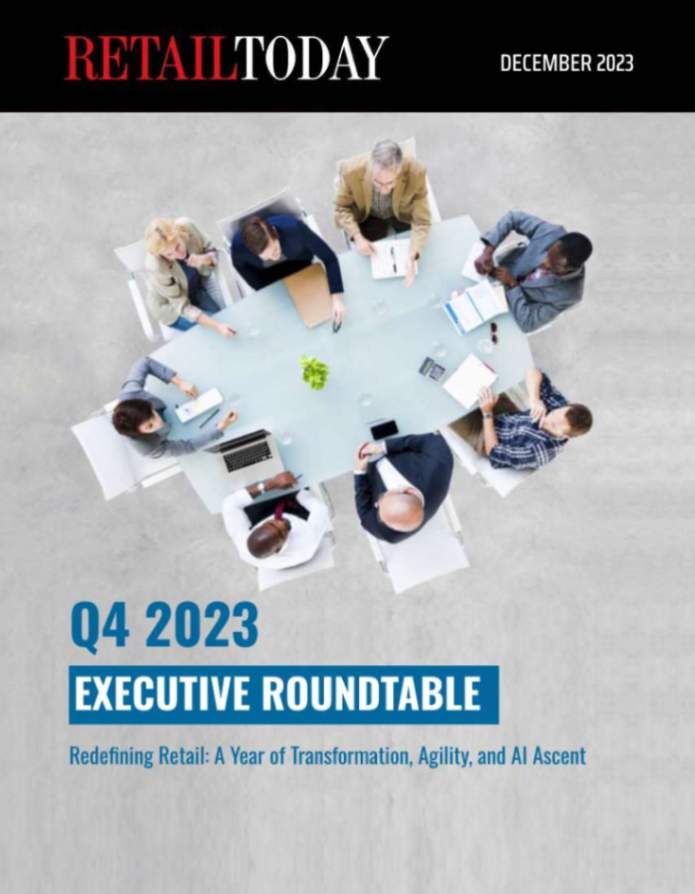
While merchants and retailers are tallying their revenue from a successful, and at times record-breaking, holiday shopping season, post-transaction specialists are warning businesses putting sales made in 2022 in the rearview mirror to be aware of the annual surge in disputes, first-party fraud and chargebacks awaiting them in the new year known as the “chargeback hangover” and how they can avoid it.
Looking at the holiday season between Nov. 1 and Dec. 31, consumers are expected to generate as much as $960 billion in revenue for retailers this season, with online sales slated to reach $210 billion, according to the National Retail Federation (NRF). Of those sales, the NRF predicts that $158 billion worth of merchandise purchased during the 2022 holiday season will be returned, representing 18 percent of all sales.
Chargebacks911, a leading transaction dispute company handling chargeback remediation for businesses and financial institutions, is advising merchants with flawed return policies or inadequate fraud prevention to revamp their procedures or risk incurring unnecessary chargebacks, a term for forced refunds initiated by a financial institution on behalf of the consumer.
“Chargebacks can be a nightmare for retailers, especially those with problematic dispute resolution or fraud prevention systems,” said Monica Eaton, founder of Chargebacks911. “Merchants need to act now before the peak season of chargebacks and product returns is upon them.”
According to Eaton, whose company builds custom chargeback solutions for merchants and banks, most chargebacks are filed 45-60 days after the initial purchase, which is why a spike in chargebacks begins occurring around mid-January for holiday purchases. With holiday spending up 7.6 percent from 2021, a correlated rise in chargebacks is expected—many of which are illegitimate.
For retailers without an easily accessible dispute procedure, such as those with out-of-date information or a return process with too many steps, Eaton says they are at risk of receiving chargebacks that can be easily avoided by refining their policies and systems.
“Merchants need to ensure their product return and transaction dispute processes are performing as they should,” explained Eaton. “Operators should go through their dispute procedure as if they were a customer and identify any points or frustration or unnecessary friction, which may push customers to file a chargeback with their bank rather than dispute the sale with the retailer.”
At a time when money is the biggest source of stress for many Americans, some consumers may resort to initiating a chargeback for a product they purchased and plan to keep, but still want their money back. This is known as first-party misuse or “friendly fraud,” and was the most prevalent form of retail fraud in 2022, affecting around 40 percent of merchants, according to a survey conducted by The Paypers.
“With card-not-present and online sales becoming more popular, businesses need to ensure they have fraud detection and prevention tools in place to identify instances of first-, second- and third-party fraud, which can run rampant if retailers aren’t actively monitoring and fighting back against illegitimate chargeback claims,” warned Eaton.
The LexisNexis 2022 True Cost of Fraud study shows the cost of every fraudulent transaction is around four times the actual lost transaction value, depending on the market. Some of that cost comes by way of chargeback fees, which the merchant doesn’t get back, even if they prove the initiated chargeback was fraudulent.
With the pandemic drastically increasing purchases made online—thus stoking instances of friendly fraud—eCommerce businesses unable to monitor and maintain transaction disputes are at higher risk of losing revenue.






